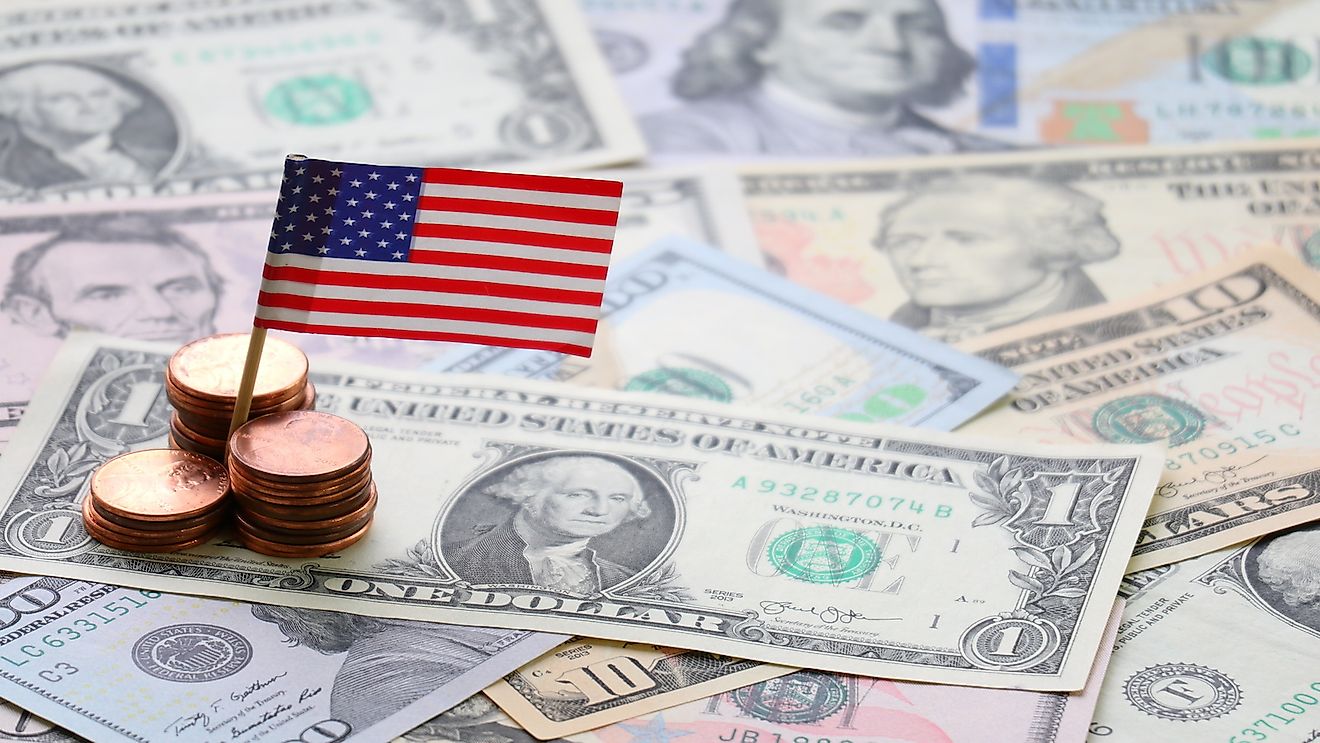What Is Discretionary Spending?

The United States’ federal government budgeting and spending are important components of the fiscal policy aimed at influencing the country’s economy. The projected federal government spending and revenue for each fiscal year are captured in the federal budget. The federal budget itemizes the expenditure of the revenue for the upcoming fiscal year which runs from October 1 to September 30. Federal spending is broadly divided into two categories; mandatory spending (which accounts for the majority of the spending and includes payment for benefits established by Acts of Congress) and discretionary spending. The government also spends part of the public funds on paying interest on federal debts. The focus of this article is on discretionary spending.
Definition Of Discretionary Spending
Discretionary spending is part of the federal government spending implemented each year through an appropriation bill by Congress. This means that the authority to spend on discretionary items is through the annual appropriation bills which are under the control of the Congress. The items funded through this type of spending include defense, transportation, and education programs among other federal programs and activities. In FY2020, President Donald Trump requested $1.426 trillion for discretionary spending. The discretionary budget and taxes are important components of the discretionary fiscal policies.
The FY2020 Discretionary Budget
Though the US fiscal year runs from October 1 to September 30, the federal budget process which is a 9-step plan begins every fall. Traditionally, the budget process begins with all the federal agencies submitting their budget proposals to the Office of Management and Budget which manages the president’s budget. It is from these budget proposals that the president describes what each agency needs for the next fiscal year. Trump released his FY2020 federal budget on March 11, 2019. From the budget, the president asked for $1.426 trillion for discretionary spending.
For the FY2020, the Department of Defense is the biggest beneficiary with an allocation of up to $750 billion. The Department of Health and Human Services was allocated $89.6 billion, Education $62 billion, and Homeland Security $51.7 billion. The rest of the spending was allocated to veteran benefits (($93.1 billion), Energy Department ($31.7 billion), Department of Housing and Urban Development ($37.6 billion), State Department ($42.8 billion), NASA ($21 billion), and other agencies ($246 billion).
The Budget Control Act of 2011 capped discretionary spending for the period between 2012 and 2021. However, certain discretionary spending is not subject to the caps, including emergency spending, war-related spending, disaster relief, and wildfire suppression.
Discretionary Vs Mandatory Spending
The discretionary spending was the largest component of the federal spending between the 1960s and mid-1970s. In 1962, the spending accounted for 47.2% of federal spending. However, since the mid-1970s, levels of discretionary spending as a share of the total federal spending has significantly decreased. The decrease in discretionary spending is attributed to the increase in mandatory spending. He trend is likely to continue in the future. The Congressional Research Service projects that mandatory spending will reach 14% of the GDP over the next decade while discretionary will get even smaller, reaching 5% of the GDP. According to the research, discretionary spending will be equal or less than two largest programs funded through mandatory spending (Major Health Programs and Social Security).











